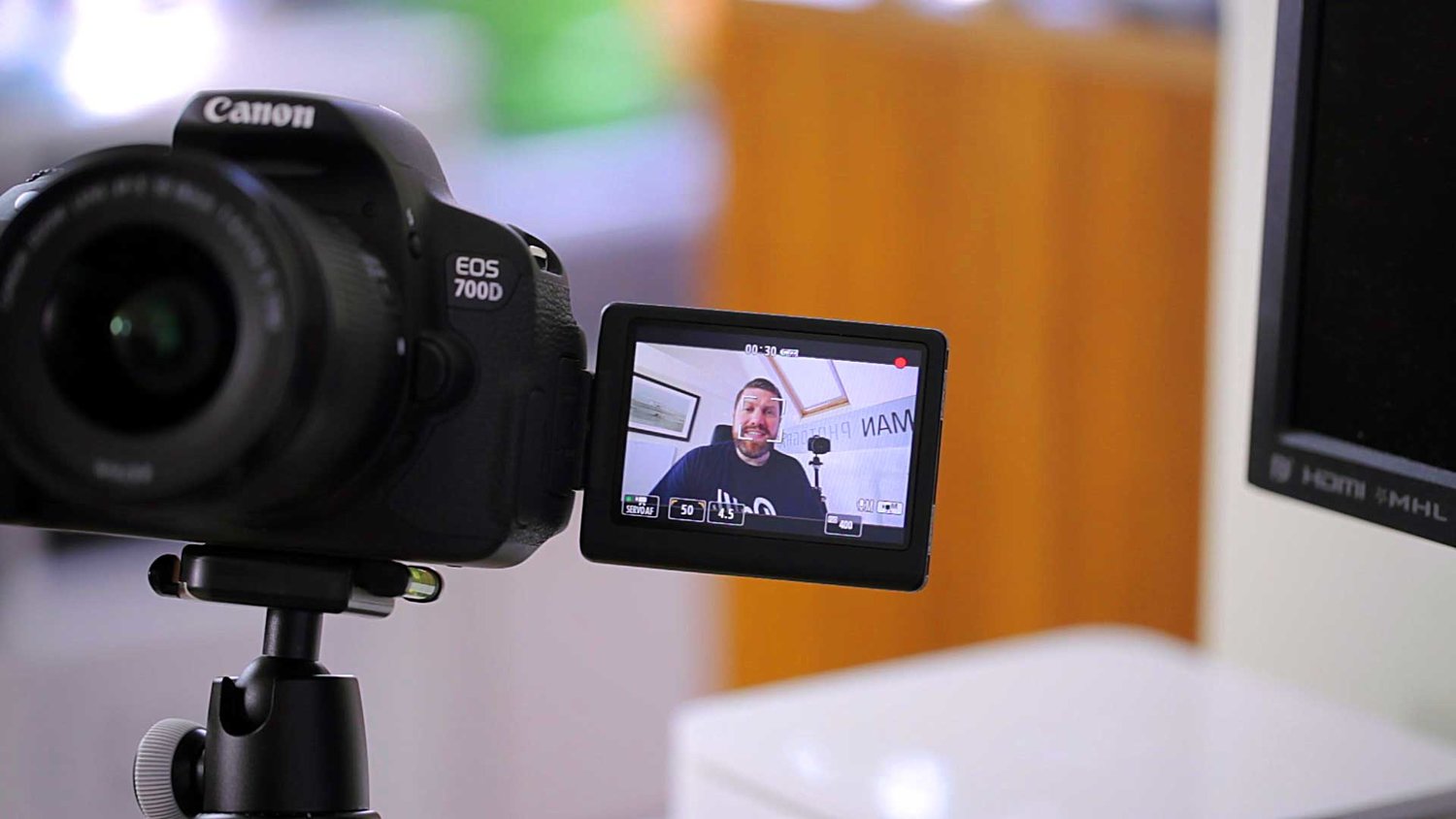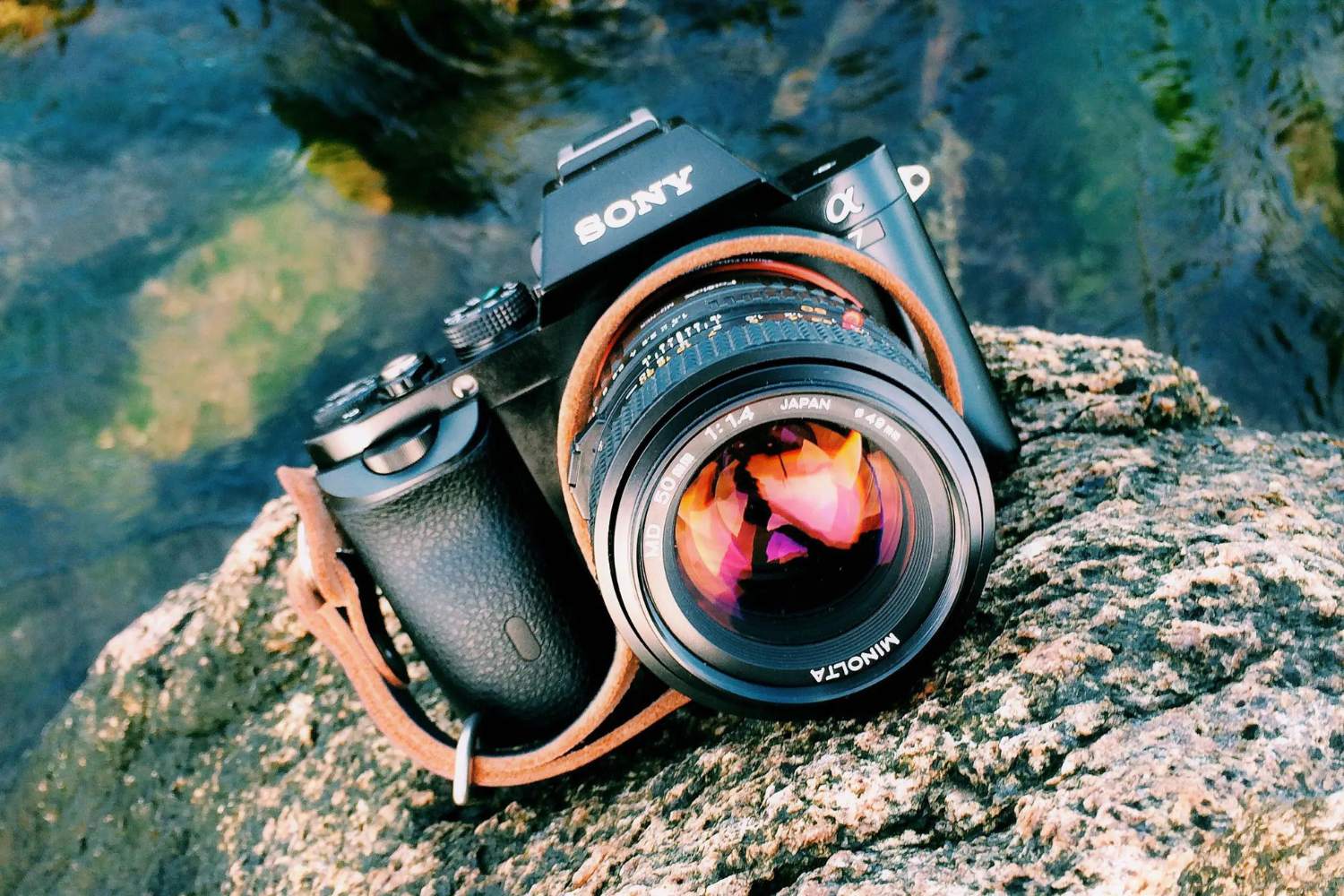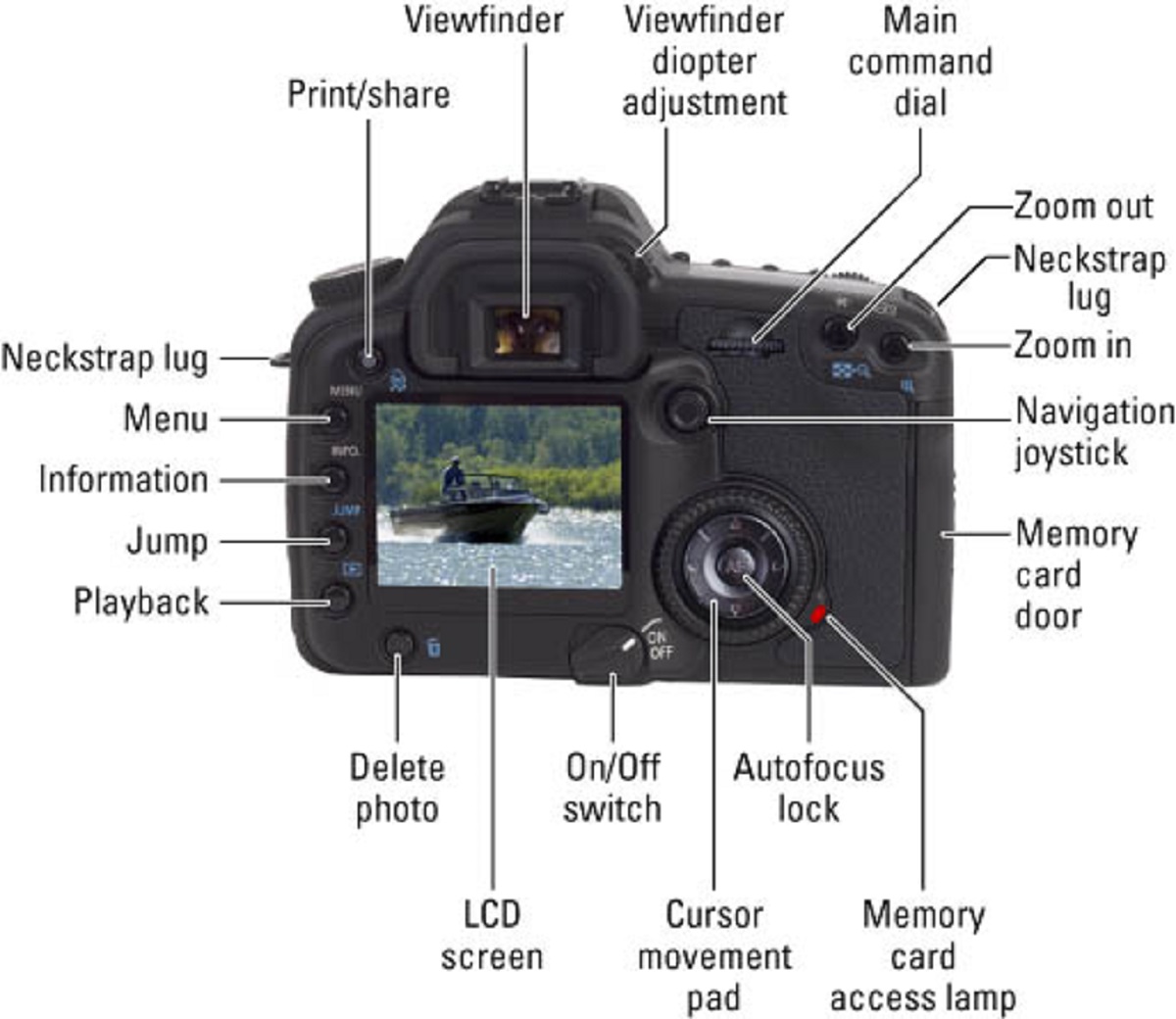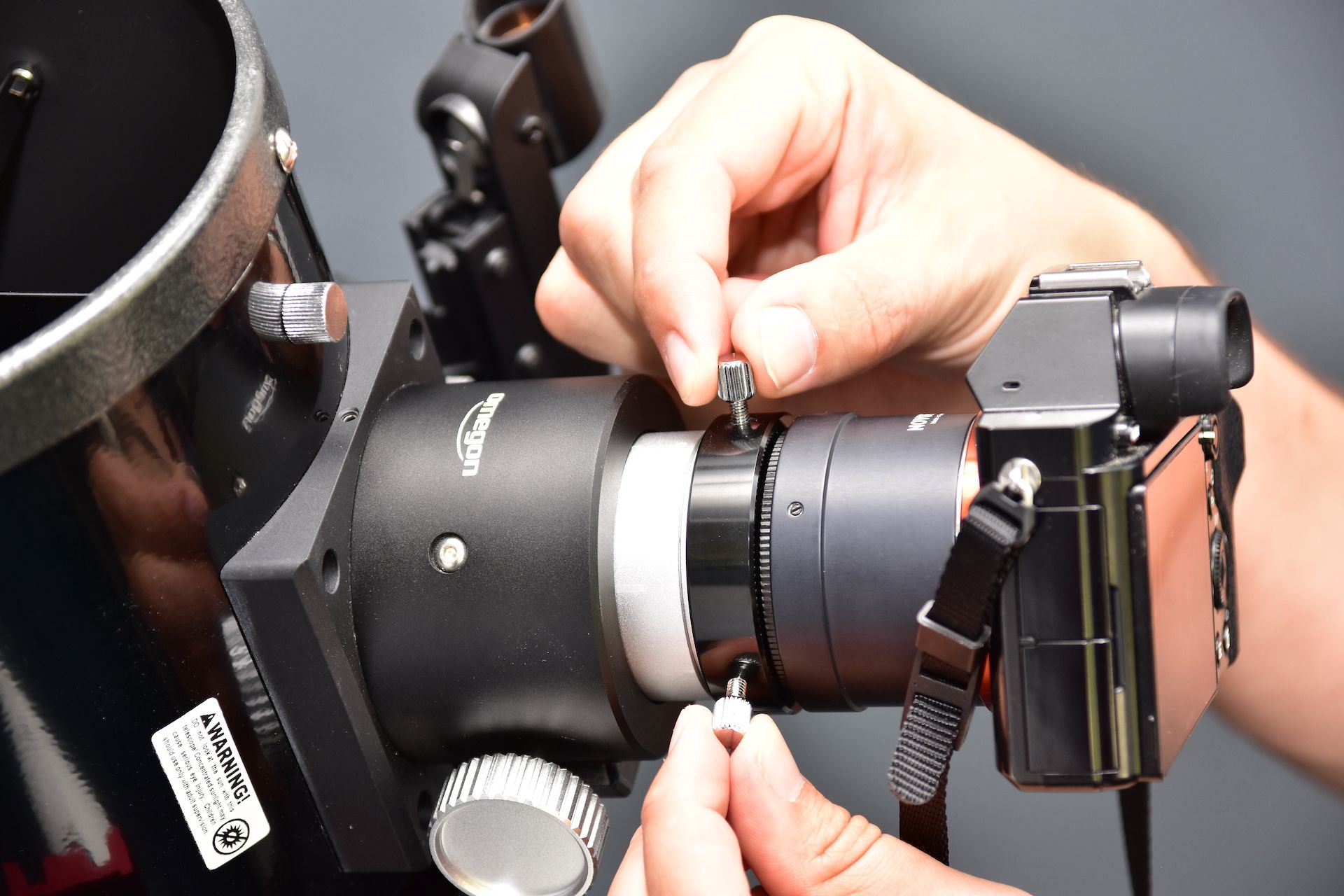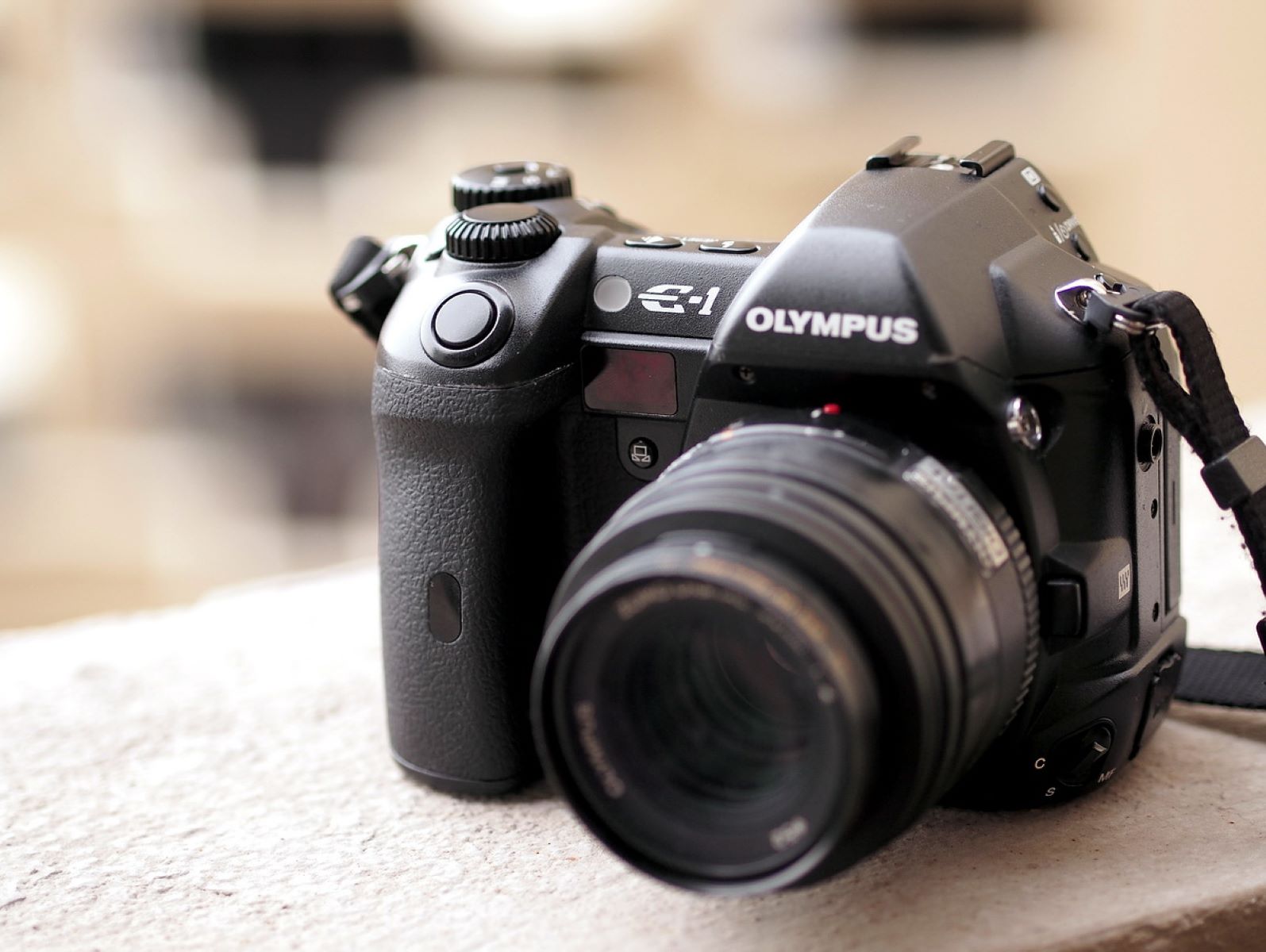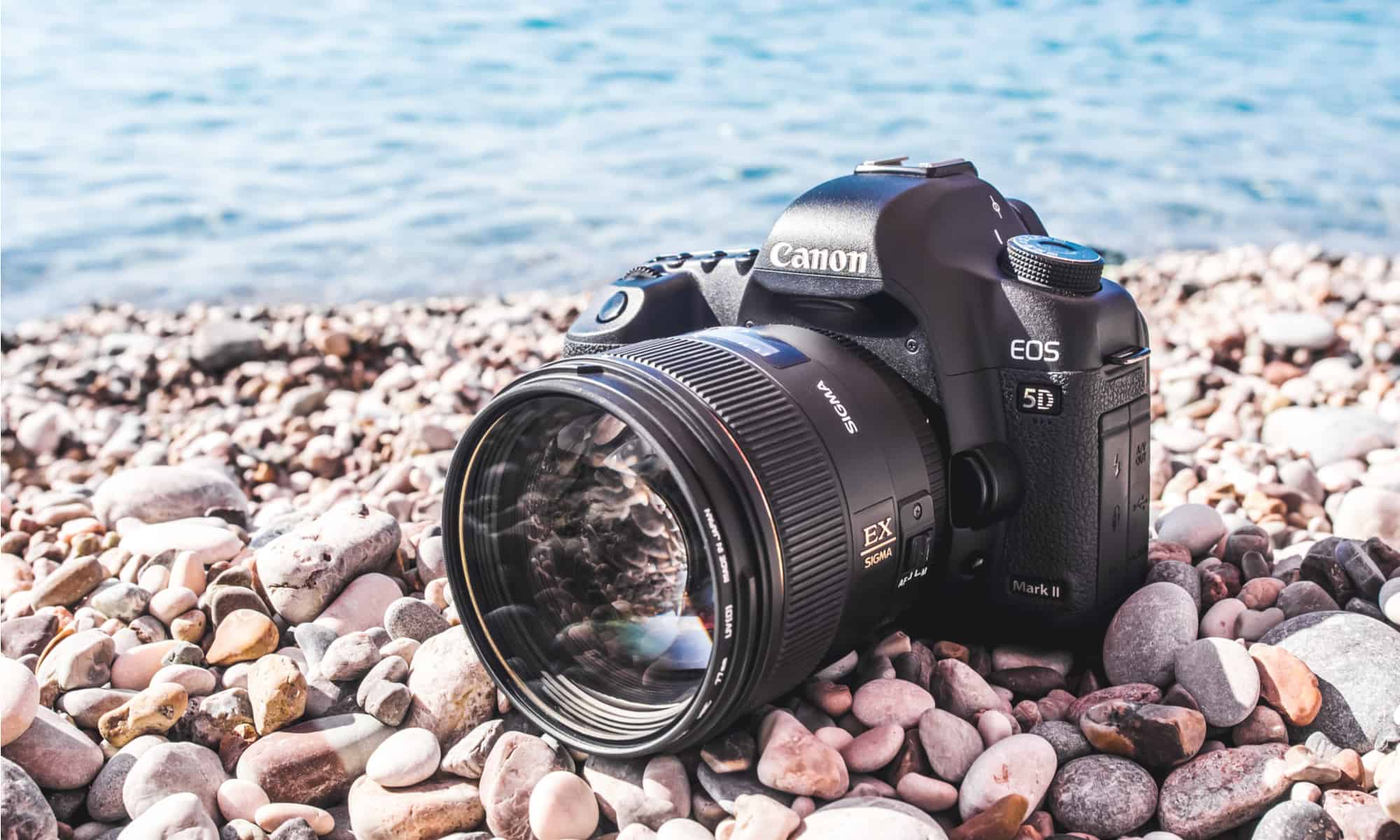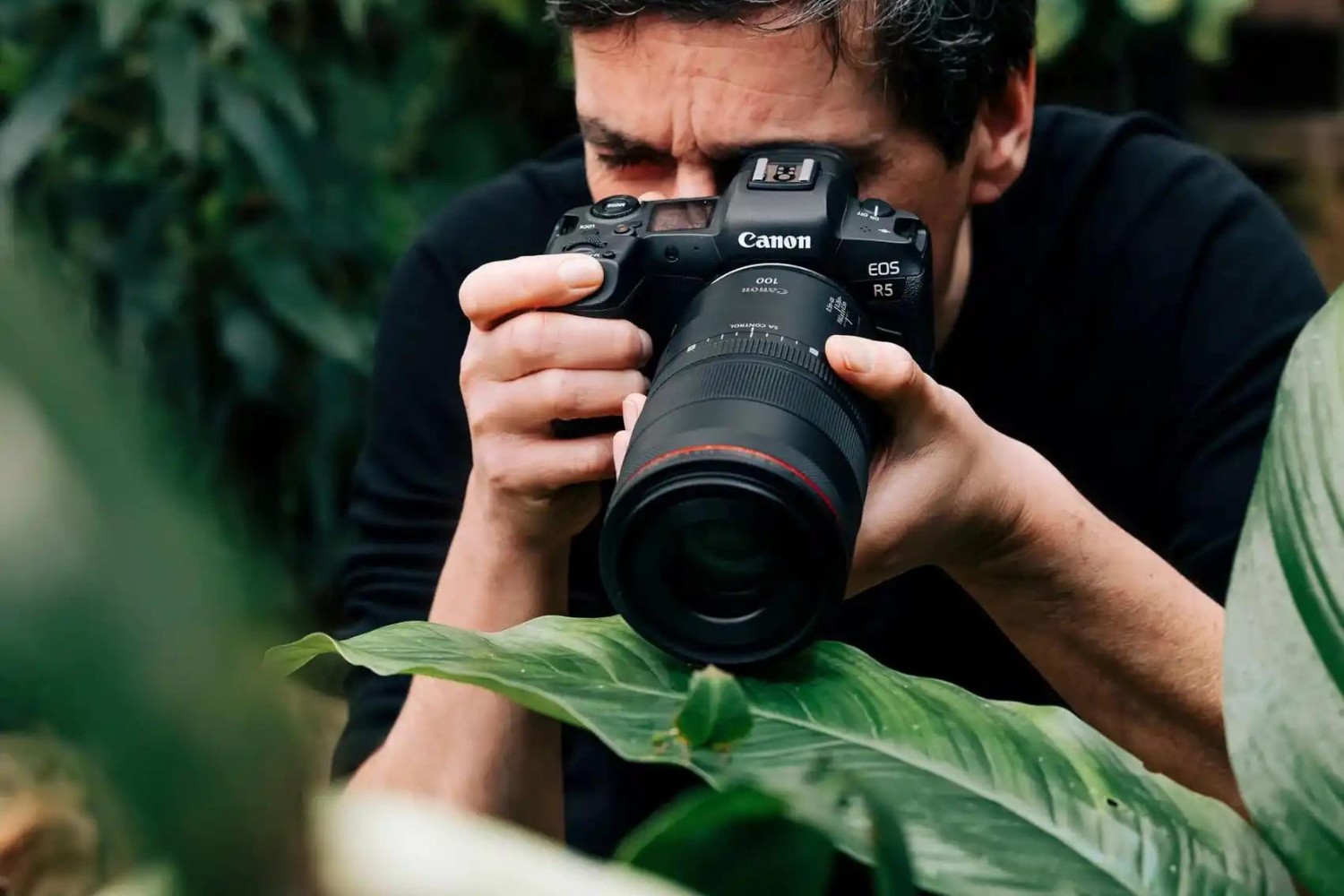Understanding Autofocus Modes
Understanding Autofocus Modes
Autofocus modes are an essential feature of DSLR cameras that enable photographers to capture sharp and well-focused images. These modes provide flexibility and control, allowing photographers to adapt to various shooting scenarios. Understanding the different autofocus modes and when to use them is crucial for achieving optimal focus in your photographs.
Single Autofocus (AF-S)
The Single Autofocus mode, denoted as AF-S on most DSLR cameras, is designed to lock focus on a stationary subject. When the shutter button is pressed halfway, the camera focuses on the subject and locks the focus until the picture is taken. This mode is ideal for capturing still subjects, such as portraits, landscapes, or architecture, where the subject remains relatively motionless.
Continuous Autofocus (AF-C)
In contrast, the Continuous Autofocus mode, labeled as AF-C, is tailored for moving subjects. When the shutter button is pressed halfway, the camera continuously adjusts the focus to track the subject's movement. This mode is well-suited for photographing dynamic scenes, such as sports, wildlife, or any scenario where the subject is in motion.
Automatic Autofocus (AF-A)
Some DSLR cameras offer an Automatic Autofocus mode, denoted as AF-A, which automatically switches between Single and Continuous Autofocus modes based on the subject's movement. While this mode provides convenience, it may not always predict the photographer's intended focus, making it less reliable in certain situations.
Selecting the Appropriate Autofocus Mode
Choosing the right autofocus mode depends on the specific requirements of the photography session. For static subjects, such as landscapes or still-life compositions, the Single Autofocus mode is ideal for achieving precise focus. Conversely, when capturing action-packed scenes or subjects in motion, the Continuous Autofocus mode ensures that the moving subject remains sharp and clear in the final image.
Understanding and mastering the various autofocus modes empowers photographers to adapt to diverse shooting conditions, resulting in well-focused and visually compelling photographs. By selecting the appropriate autofocus mode based on the subject's behavior, photographers can elevate the quality of their images and effectively convey the desired visual narrative.
In summary, comprehending the distinct characteristics and applications of Single Autofocus, Continuous Autofocus, and Automatic Autofocus modes equips photographers with the knowledge to make informed decisions when capturing images with a DSLR camera. This understanding enhances their ability to achieve precise focus and clarity, ultimately elevating the overall quality of their photography.
Using Manual Focus Techniques
Using Manual Focus Techniques
While autofocus modes offer convenience and efficiency, mastering manual focus techniques is a valuable skill for photographers seeking complete control over their focus. Manual focusing provides the precision and creative freedom necessary to capture unique and visually captivating images.
When to Use Manual Focus
Manual focus is particularly advantageous in situations where the autofocus system may struggle, such as low-light conditions, high-contrast scenes, or when capturing subjects with minimal detail. Additionally, for certain creative effects, such as intentional focus blur or selective focus, manual focus allows photographers to achieve their desired artistic vision with precision.
Utilizing Focus Magnification
Many DSLR cameras offer a focus magnification feature, which enables photographers to zoom in on a specific area of the frame to ensure accurate focus. By utilizing focus magnification, photographers can meticulously adjust the focus to achieve optimal sharpness, especially when capturing intricate details or fine textures.
Focusing Using the Lens Distance Scale
Some lenses are equipped with a distance scale that indicates the approximate distance between the camera and the subject. This scale can be particularly useful in situations where estimating the distance to the subject is essential for achieving precise focus, such as in landscape or architectural photography.
Practice and Patience
Mastering manual focus techniques requires practice and patience. Familiarizing oneself with the specific focus ring of the lens and understanding how small adjustments impact the focus is essential. Through consistent practice and experimentation, photographers can develop an intuitive sense of achieving accurate manual focus.
Embracing manual focus techniques empowers photographers to refine their artistic expression and overcome the limitations of autofocus in challenging shooting conditions. By leveraging manual focus, photographers can capture images with unparalleled sharpness and clarity, ultimately enhancing the visual impact of their photography.
Utilizing Focus Points
Utilizing Focus Points
Focus points are crucial elements in DSLR photography, as they determine where the camera will focus within the frame. Understanding how to effectively utilize focus points enhances a photographer’s ability to compose and capture well-focused images.
Understanding Focus Point Selection
Modern DSLR cameras are equipped with multiple focus points distributed across the frame, allowing photographers to choose the specific area on which they want to focus. The number and arrangement of focus points vary among camera models, with advanced cameras offering a greater density of focus points for enhanced precision.
Selective Focus and Composition
By strategically selecting a focus point, photographers can control the composition and visual impact of their images. Placing the focus point on the subject’s eyes in a portrait, for example, draws attention to the most expressive part of the subject’s face, creating a compelling and engaging photograph.
Tracking Moving Subjects
When capturing moving subjects, utilizing focus points effectively is essential for maintaining sharp focus throughout the sequence. By continuously adjusting the focus points to track the subject’s movement, photographers can ensure that the subject remains in focus, resulting in dynamic and impactful images.
Utilizing the Center Focus Point
The center focus point is often the most accurate and sensitive focus point on many DSLR cameras. When photographing static subjects, starting with the center focus point to establish focus and then recomposing the frame can be an effective technique for achieving precise focus while maintaining creative composition.
Mastering the art of utilizing focus points enables photographers to exercise greater control over their compositions and focus, resulting in visually captivating and technically superior images. By understanding the capabilities and nuances of focus points, photographers can elevate the quality of their photography and effectively convey their creative vision.
Adjusting Aperture for Depth of Field
Adjusting Aperture for Depth of Field
The aperture setting on a DSLR camera plays a pivotal role in determining the depth of field in a photograph. Understanding how to adjust the aperture for desired depth of field empowers photographers to create images with varying levels of background blur and sharpness, adding depth and visual interest to their compositions.
Understanding Aperture and Depth of Field
Aperture, measured in f-stops, controls the size of the lens opening through which light enters the camera. A wider aperture (smaller f-stop number) results in a shallow depth of field, with the subject in focus while the background appears blurred. Conversely, a narrower aperture (larger f-stop number) increases the depth of field, rendering both the subject and background in sharp focus.
Creative Impact of Aperture
Adjusting the aperture allows photographers to convey their creative vision by controlling the visual emphasis within the frame. In portrait photography, a shallow depth of field achieved with a wide aperture isolates the subject from the background, drawing attention to the individual’s features and expressions. On the other hand, using a narrow aperture in landscape photography ensures that both the foreground and background elements are sharply rendered, capturing the scene in its entirety.
Balancing Aperture and Subject Distance
The relationship between aperture and subject distance influences the depth of field in an image. Closer subjects require a narrower aperture to maintain sharp focus across the entire subject, while distant subjects may necessitate a wider aperture to achieve background blur and isolate the subject from the surroundings.
Experimentation and Visual Storytelling
By experimenting with different aperture settings, photographers can refine their visual storytelling and evoke specific moods in their images. Whether aiming to create intimate portraits with soft, dreamy backgrounds or expansive landscapes with intricate details in focus, adjusting the aperture enables photographers to tailor the visual narrative to their artistic intent.
Mastering the art of adjusting aperture for depth of field equips photographers with the creative control to convey depth, dimension, and visual impact in their images. By understanding the interplay between aperture settings and depth of field, photographers can elevate the storytelling potential of their photographs, resulting in compelling and visually immersive imagery.
Using Live View for Precise Focusing
Using Live View for Precise Focusing
Live View mode on DSLR cameras offers a valuable tool for achieving precise focus and composing images with enhanced accuracy. By harnessing the capabilities of Live View, photographers can overcome the limitations of traditional viewfinders and leverage advanced focusing features to capture impeccably sharp and well-defined photographs.
Benefits of Live View Focusing
Live View mode provides a real-time display of the scene on the camera’s LCD screen, allowing photographers to assess the composition and focus with exceptional precision. This feature is particularly advantageous for capturing still subjects, macro photography, or scenarios where meticulous focus adjustment is paramount.
Utilizing Magnification and Focus Peaking
Many DSLR cameras equipped with Live View functionality offer focus magnification and focus peaking features. Focus magnification allows photographers to zoom in on a specific area of the frame, facilitating precise manual focus adjustments. Additionally, focus peaking highlights the areas of the image that are in focus, aiding photographers in identifying the sharpest elements within the composition.
Exposure Simulation and Depth of Field Preview
Live View mode also provides exposure simulation and depth of field preview, enabling photographers to visualize the impact of different settings on the final image. This feature allows for accurate assessment of exposure levels and depth of field, empowering photographers to make informed decisions before capturing the photograph.
Remote Focusing and Tethered Shooting
For certain photography applications, such as studio or commercial work, Live View enables remote focusing and tethered shooting. By connecting the camera to a computer or mobile device, photographers can precisely adjust focus and composition from a distance, enhancing efficiency and control over the photographic process.
Embracing Live View for precise focusing elevates the technical precision and creative potential of DSLR photography. By leveraging the advanced features and real-time feedback offered by Live View mode, photographers can achieve impeccable focus and composition, resulting in visually compelling and technically superior images.







